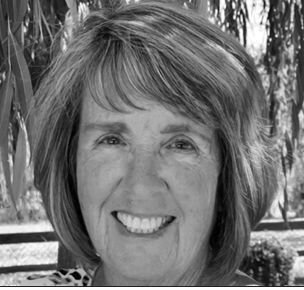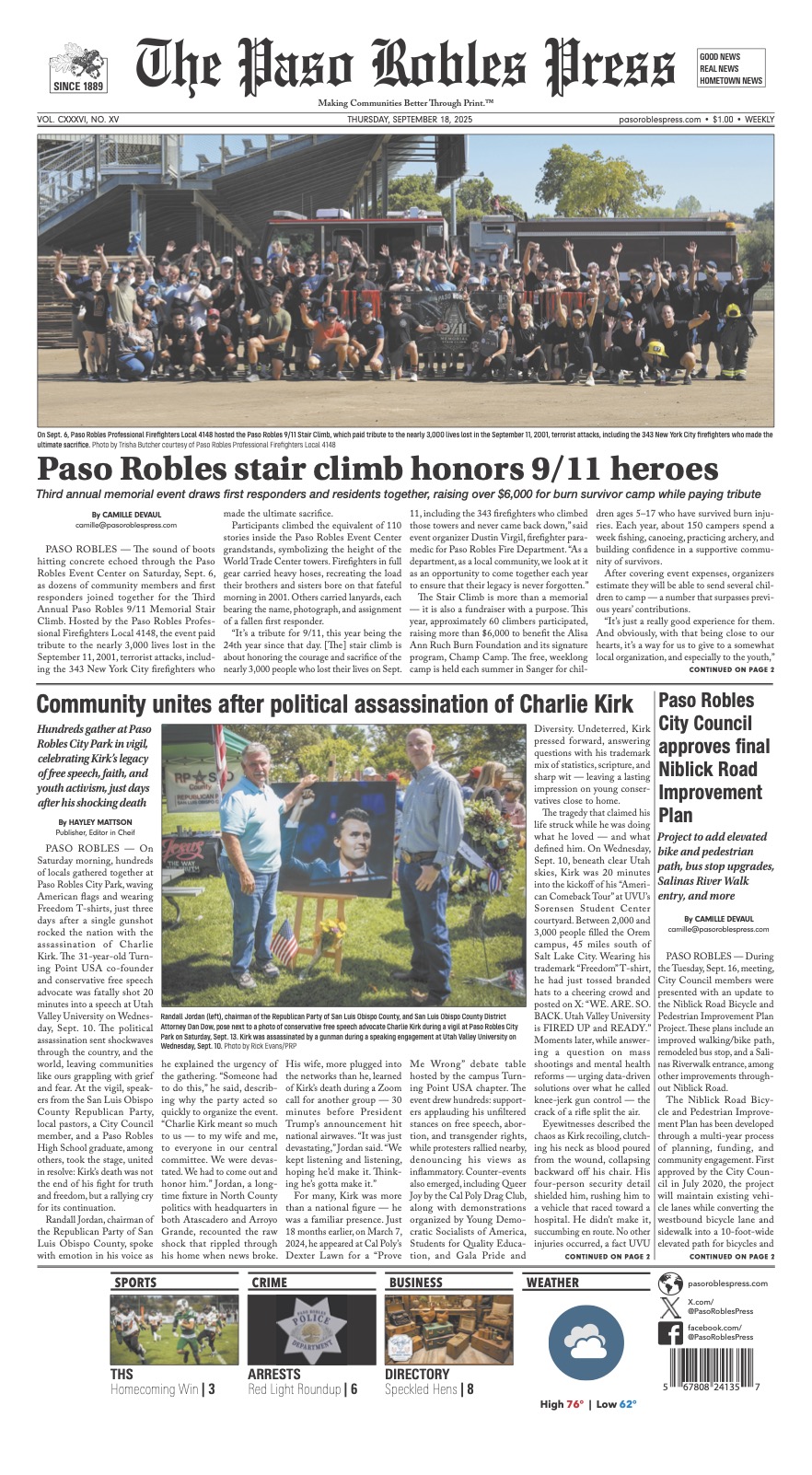How many times have you traveled down Highway 101 and noticed the ‘State Historical Landmark Mission San Luis Obispo’ sign near Broad Street, remarking to your family, “We really need to go visit the Mission someday.”
Well, this is the year, as 2022 marks the 250th anniversary of the founding of the Mission by Franciscan Priests from Spain, Father Junipero Serra, and Father Jose Cavaller. Unique to the Mission story, San Luis Obispo was not part of Spain’s original plan for populating Alta California through the establishment of missions, presidios, and pueblos. The first four missions, San Diego, Carmel, San Antonio, and San Gabriel, had run out of food, and the whole experiment risked abandonment. However, grizzly bears were found in what is now Los Osos, ‘the valley of the bears,’ and this meat basically saved the mission movement.
With the discovery of the meat-providing bears, Father Serra added another mission to the chain, Mission San Luis Obispo de Tolosa. The first humble site was located on the confluence of Stenner and San Luis Obispo Creeks, only to be flooded out and moved upstream. The second site also flooded, prompting the selection of the ‘highest’ spot along the creek for the third and final location. From there, the interesting saga of the construction of California’s oldest large building begins.
You will be able to learn the rest of the story from Mission Docents at the first 250th celebrative event on Sunday, February 20, from 11 am to 3:30 pm, free and open to the public.
The outdoor courtyard celebration will give you the opportunity to tour the Mission, with docent-led tours every half hour. Music, authentic food, spinning and weaving demonstrations by local weavers, Native American basket display, branding exhibit, and more will provide a unique chance to become familiar with the Mission in one visit.
For children, activity tables featuring Native American games, bead making, and pictograph painting will be scattered throughout the garden. The whole family can visit the Bell Tower to get a birds-eye view over Mission Plaza and San Luis Creek.
Of significance to those of us in North County, all of the mission ranching operations were located at Santa Margarita de Cortona Asistencia, which was a sub-mission to San Luis Obispo. Thousands of head of longhorn cattle ranged throughout North County, foraging up and down the Salinas riverbed. The cattle provided not only meat but also valuable hides, called “California Dollars.” Taken by ox-cart to what is now Avila Beach, the hides were soaked in the saltwater and traded with Yankee, Asian and Russian ships for needed goods for the Mission.
Also important to North County is the 1776 De Anza Expedition consisting of 200 colonists on the way to create a settlement in the areas of San Jose and San Francisco for Spain. The group stopped at Mission San Luis Obispo for several days of rest before heading up the grade to follow the Salinas River north, with their livestock and cattle, families, and goods.
Many residents don’t realize that the land we live on in North County was part of Spain for 300 years, from 1541 to 1822. After the revolution of 1822, Mexico became the second occupant of this area called Alta California. The Mexican Ranchero era lasted 26 years, ending in 1848 with the Treaty of Guadalupe-Hidalgo.
California was admitted into the United States as the 31st state in 1850, thus becoming the third country to govern the land we live on and call home. Understanding the rich history of Spain and Mexico’s presence here in Alta California adds depth to the present experience of living here.
Take advantage of the 250th Courtyard Celebration at San Luis Obispo on February 20 to immerse yourself in that history through authentic food, music, and hands-on learning!















